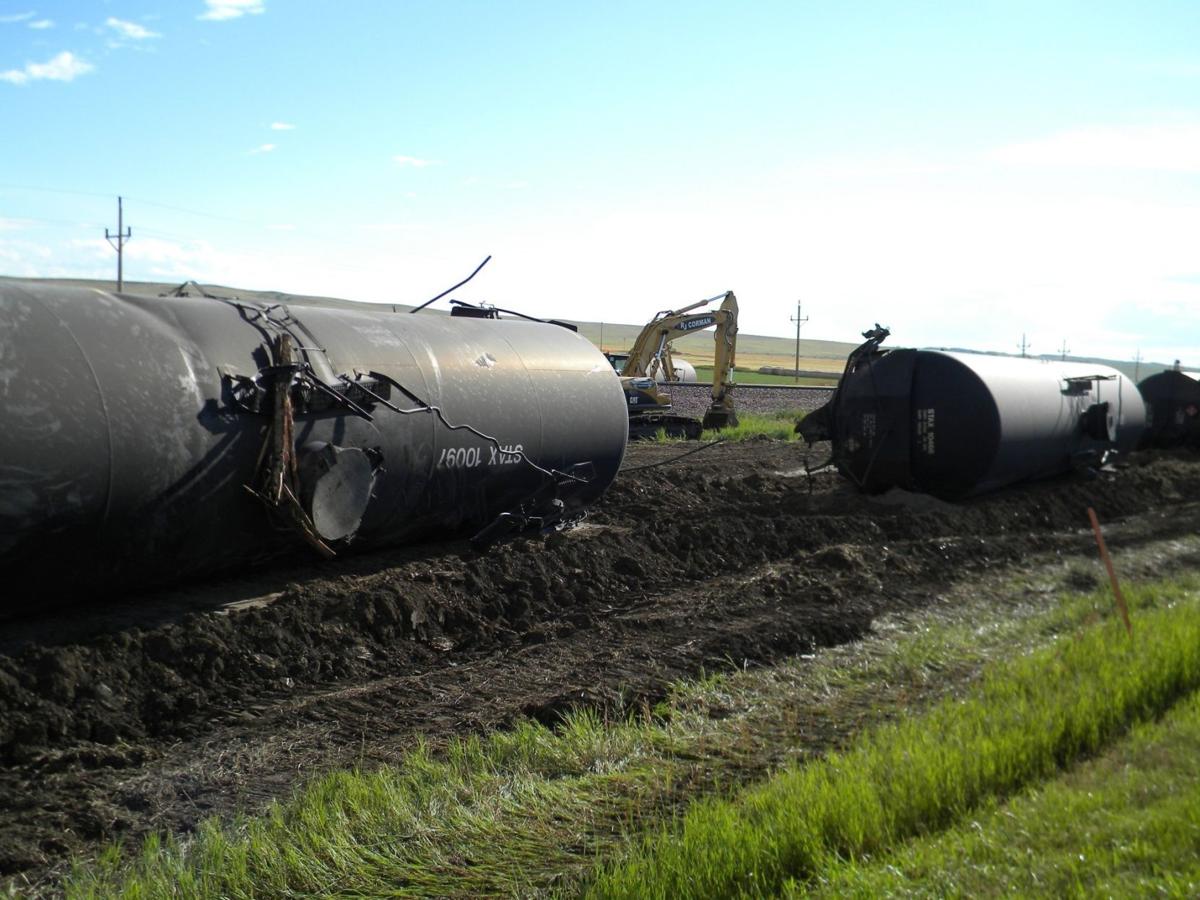Repost from the Winona Post
Three derailments are three too many
By Kat Eng, Honor the Earth volunteer, 11/23/2015
It’s hard to believe Andy Cummings, spokesperson for Canadian Pacific Railway, when he says CP Rail feels it is “absolutely” safe to resume the transportation of oil in the wake of the three derailments last week in Wisconsin.
The first derailed (BNSF) train hurled 32 cars off the tracks outside of Alma, Wis., pouring more than 18,000 gallons of ethanol into the Mississippi River upstream of Winona. The Environmental Protection Agency (EPA) report notes that ethanol (denatured alcohol) is flammable and toxic to aquatic organisms and human life — and it’s water soluble. Though the EPA and Wisconsin DNR admitted they could not remove the toxic product from the water; site coordinator Andy Maguire claims that since they cannot detect concentrated areas of ethanol, it is not negatively impacting the surrounding aquatic life. This was the third derailment on the Upper Mississippi River Wildlife Refuge in the last nine months, according to the community advocacy group Citizens Acting for Rail Safety (CARS).
The next day, 13 DOT-111 tankers with upgraded safety features derailed in Watertown, Wis., spilling crude oil and forcing residents to evacuate from properties along the CP tracks. Four days later, another train derailed a mere 400 feet from that spill site.

How can we possibly feel safe with ever-greater amounts of toxic products hurtling down inadequately maintained infrastructure every single day? A report released last week by the Waterkeeper Alliance found that “[s]ince 2008, oil train traffic has increased over 5,000 percent along rail routes … There has also been a surge in the number of oil train derailments, spills, fires, and explosions. More oil was spilled from trains in 2013 than in the previous 40 years combined.”
Emergency management has become routine rather than remedial. Teams show up, “contain” the spills, replace some track, and the trains roll on. With forecasts that Canadian oil production will expand by 60,000 barrels per day this year, and an additional 90,000 barrels per day in 2016, toxic rail traffic shows no signs of decreasing.
Energy giant Enbridge has taken this as its cue to size up northern Minnesota and plot pipeline (through Ojibwe tribal lands and the largest wild rice bed in the world) between the North Dakota Bakken oil fields and refineries in Wisconsin and Illinois. Its momentum depends on us puzzling over the false dichotomy of choosing to move oil by pipeline or by rail. At the June 3 Public Utilities Commission hearing, it admitted the proposed Sandpiper/Line 3 pipeline corridor will not alleviate railway congestion but rather potentially reduce “future traffic.” It uses this assumption of unregulated growth to make people today think they have no choice but to sell out the generations of tomorrow.
Proponents of the line want us to choose our poison: will it be more explosive trains or more explosive trains and leaky pipelines? What if an oil tanker derailed on Huff Street in the middle of rush-hour traffic and we became the next Lac-Mégantic (where an oil train exploded downtown killing 47 people)? What if a hard-to-access pipeline spewed fracked crude oil into the headwaters of the Mississippi River?
The real harm is in the delusion that we should accept and live with these risks. It is delusional that despite repeated derailments and toxic spills, business should continue as usual. It is delusional to think the oil and rail industry have our communities’ best interests at heart.
We have the vision, the intelligence, and the technology to choose a way forward that does not compromise our resources for the generations to come. As Winona Laduke says, “I want an elegant transition. I want to walk out of my tepee, an elegant indigenous design, into a Tesla, into an electric car, an elegant western design.” Fossil fuels are history. We need to keep them in the ground and pursue sustainable energy alternatives or risk destroying the water and habitat on which all our lives depend.




